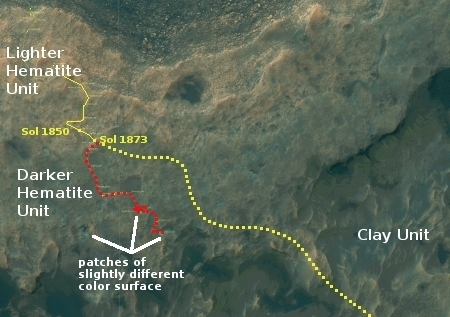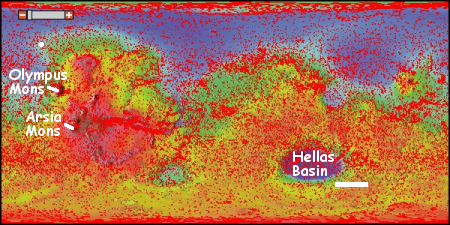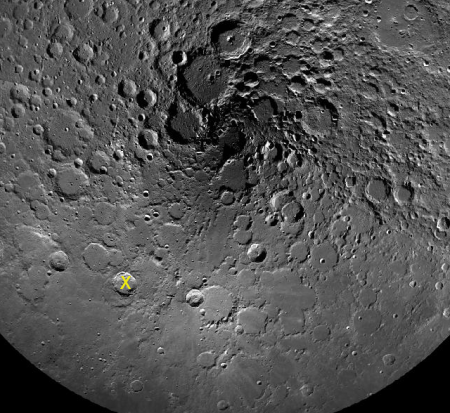Rocket Lab succeeds in placing three satellites in orbit on second test launch
Capitalism in space: The small rocket company Rocket Lab successfully placed three smallsats in orbit on the second test launch of its Electron rocket yesterday.
I have posted the video of the launch below the fold. Everything unfolded smoothly and without any issues, including the video feed. This success bodes well for Moon Express’s effort to win the Google Lunar X-Prize, which has a deadline the end of March. Though Rocket Lab had said it wants to do three test launches before initiating commercial services, they have already initiated those services with the placement of three satellites by two customers on this launch yesterday. They have also hinted that if this launch was a success they might accelerate commercial operations.
In addition, ULA successfully launched a military satellite on two days ago with its Atlas 5 rocket. The 2018 launch stands are thus as follows:
4 China
2 ULA
1 SpaceX
1 Rocket Lab
1 Japan
1 India
I should add that though the U.S.’s total matches China at the moment, the government shut down prevents any further U.S. launches. It also prevents SpaceX from doing its Falcon Heavy static fire test. (I wonder: would this be an issue if SpaceX was launching from its private launchsite at Boca Chica?)
» Read more
Capitalism in space: The small rocket company Rocket Lab successfully placed three smallsats in orbit on the second test launch of its Electron rocket yesterday.
I have posted the video of the launch below the fold. Everything unfolded smoothly and without any issues, including the video feed. This success bodes well for Moon Express’s effort to win the Google Lunar X-Prize, which has a deadline the end of March. Though Rocket Lab had said it wants to do three test launches before initiating commercial services, they have already initiated those services with the placement of three satellites by two customers on this launch yesterday. They have also hinted that if this launch was a success they might accelerate commercial operations.
In addition, ULA successfully launched a military satellite on two days ago with its Atlas 5 rocket. The 2018 launch stands are thus as follows:
4 China
2 ULA
1 SpaceX
1 Rocket Lab
1 Japan
1 India
I should add that though the U.S.’s total matches China at the moment, the government shut down prevents any further U.S. launches. It also prevents SpaceX from doing its Falcon Heavy static fire test. (I wonder: would this be an issue if SpaceX was launching from its private launchsite at Boca Chica?)
» Read more




